Llanelli Action Plan
A green-blue portrait of Llanelli
Image: Views taken from the top of Llanelli Town Hall
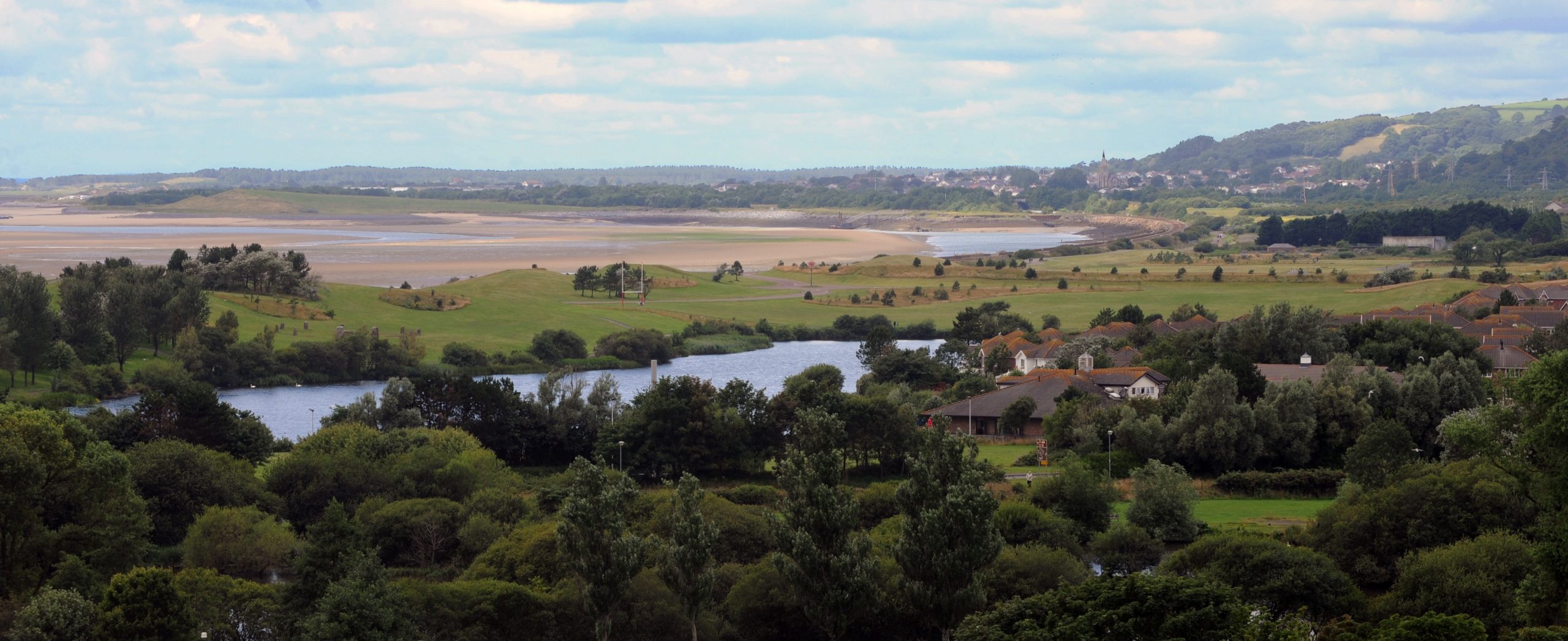
Llanelli is a former industrial town which lies on the northern shore of Loughor Estuary on a coastal plain. Along with Swansea Bay, it forms part of one of three National Growth Areas identified by the Future Wales – The National Plan 2040.
Llanelli’s small rivers drain to the Loughor Estuary. Undulating lowlands extend across the northern edge of the town.
Llanelli has strong links to the Wales Coast Path, National Cycle Routes 4 and 47, and to the Millennium Coastal Path.
The town’s existing GBI network forms the basis of several popular tourist and local attractions.
Llanelli gets its water from the nearby Cwm-Lliedi Reservoirs, which are used for fishing and water sports. The coastal strips form a wetland nature reserve which can be explored from Llanelli Wetlands Centre and viewed from Machynys Peninsula Golf Club. The coastline can be further explored from the town’s beach and country parks, the Millennium Coastal Park and Sandy Water Park.
Image: The Millenium Coastal Path
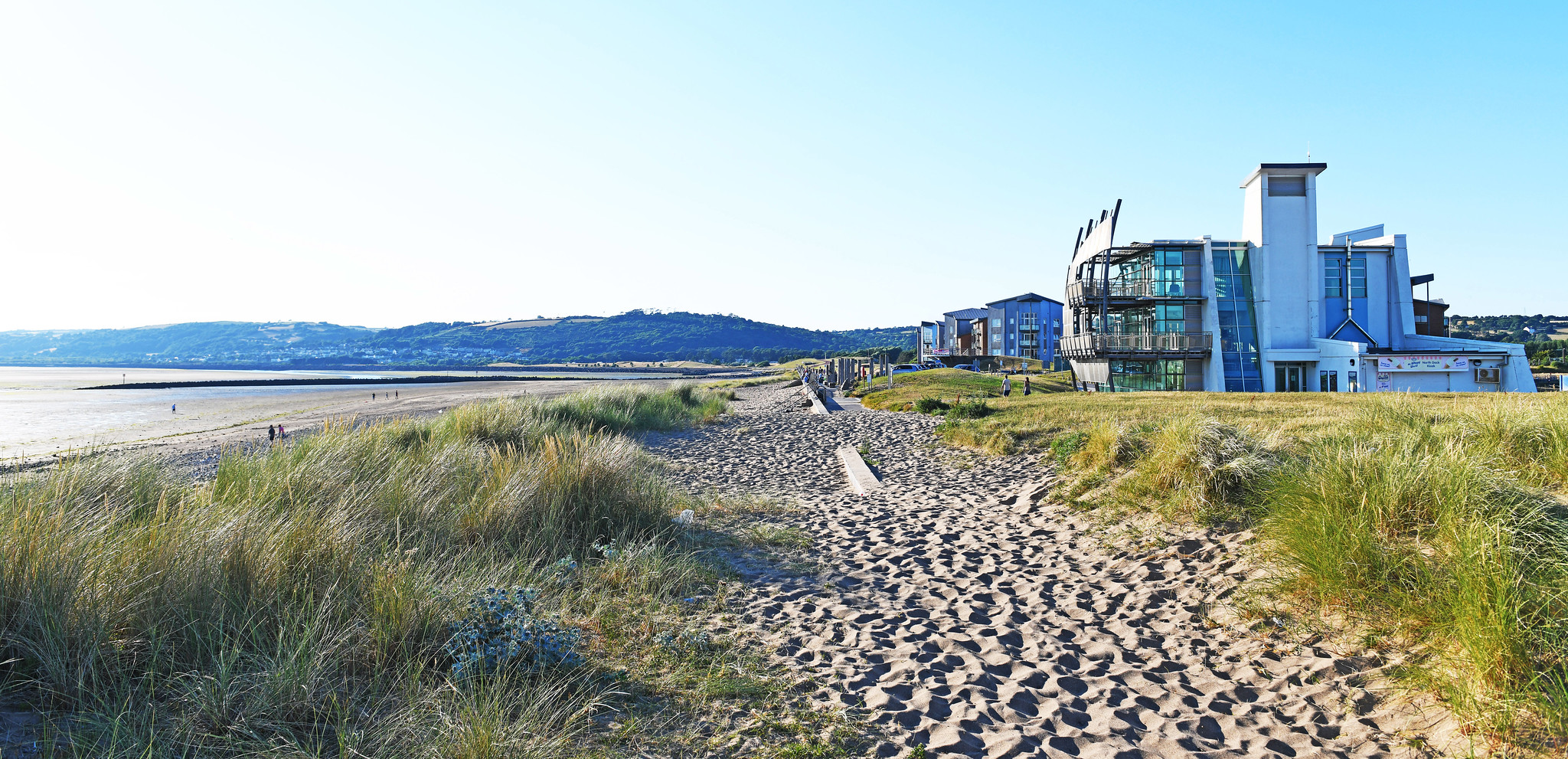
Image: WWT Llanelli Wetland Centre
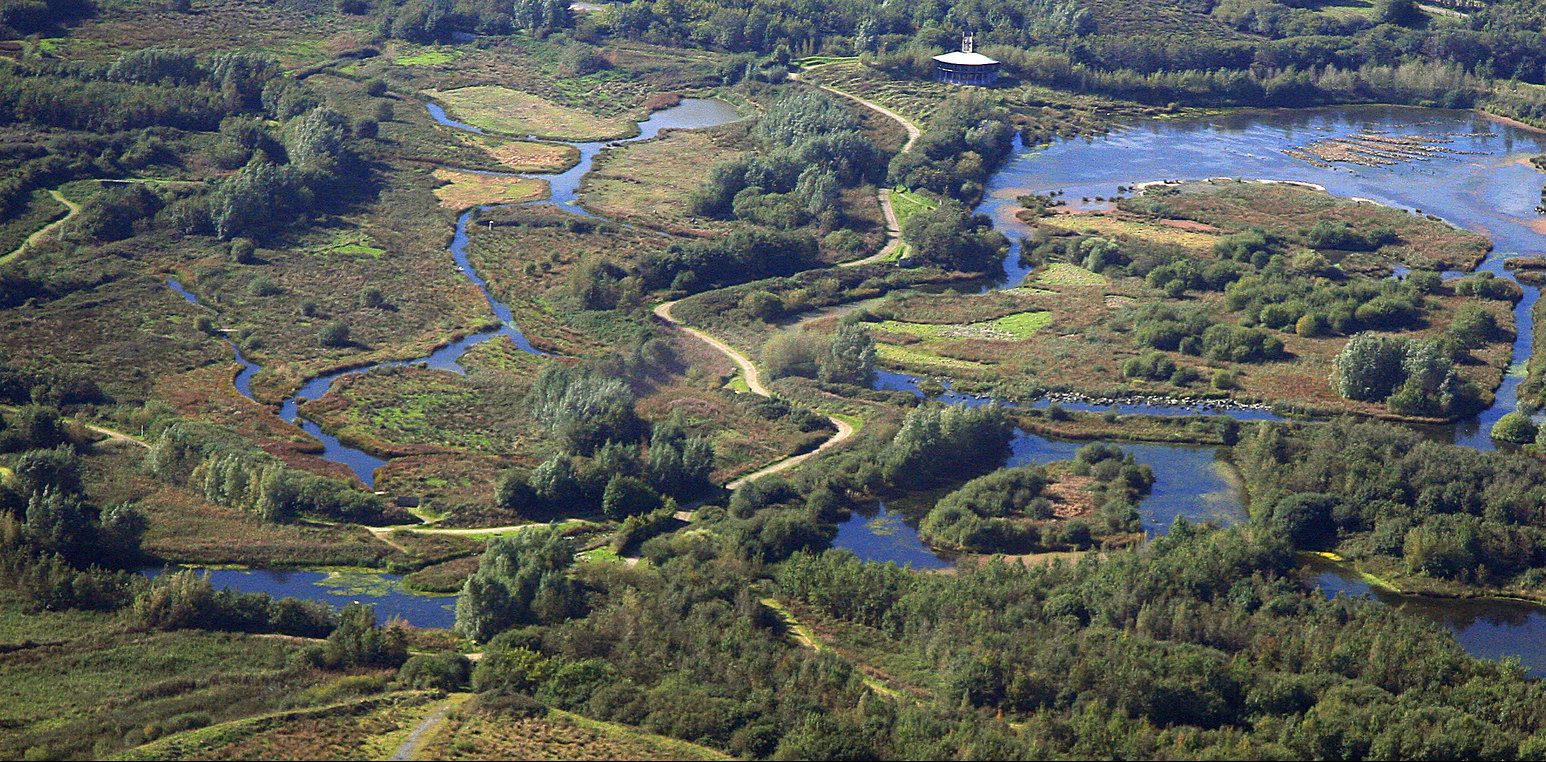
“There are fantastic cycle routes and continuous parkland in the Millennium Coastal Park”
“The green around the town is a great tourist attraction, but less so the town itself”
– Stakeholders, online survey
See Appendix A for a summary of all stakeholder comments.
What are the key challenges facing Llanelli?
Flooding
Flooding is a critical matter for Llanelli, with large areas of the south of the town at risk of flooding from the river and sea. Llanelli has been identified in the top 10 towns at risk from sea flooding in Wales and building up coastal defences will be critical for the town in the future.
Aside from sea flooding, there are extensive areas of impermeable surfaces at risk from surface flooding. These are largely associated with the steelworks in the south east, the Dafen industrial area, retail parks near Parc y Scarlets and sites in the north east of the town.
Data from Welsh Water also suggests significant issues with flows into foul sewers within the town as a result of surface water flows – with implications for both flooding and water quality. Economy and public realm
Economy and public realm
The town centre supports many independent businesses and an indoor market. It has a strong community role but is threatened by the long term effects of Covid-19 and other wider trends. The town’s retail premises in the centre have had a 18% vacancy rate during 2021.
Vacant and poorly maintained town centre buildings and spaces detract from the town centre. However, the town is currently the focus of a number of strategic regeneration initiatives.
Image: Regeneration within Llanelli town centre

Population
Llanelli has a strong and well-connected community. However, some areas of Llanelli are amongst the most deprived in and Wales (see interactive map) which is reflected in the challenges facing the town centre as a whole. GBI interventions should focus in particular on areas of concentrated deprivation, particularly when it comes to access to high quality open space and well-being resources.
Air Quality
Nitrogen Dioxide (NO2) pollution largely as a result of air traffic, significantly affects air quality in Llanelli. This is not helped by the low level of tree cover.
Expanding tree planting and green coverage in Llanelli will go some way to addressing this, however reducing car use by making the town more attractive to walkers and cyclists should remain a key priority.
Welsh language
Consultees reported little visual use of Welsh and Welsh speaking staff in the town. Support for the use and promotion of the Welsh language and culture is a key objective of Llanelli’s Recovery Masterplan.
Access to green space
Carmarthenshire’s Open Space Assessment (2020) shows that the central areas provide higher levels of publicly accessible open space than the rural areas. Deficits are identified in Llanelli for young people and in relation to public open space provision.
Map of key opportunities in Llanelli
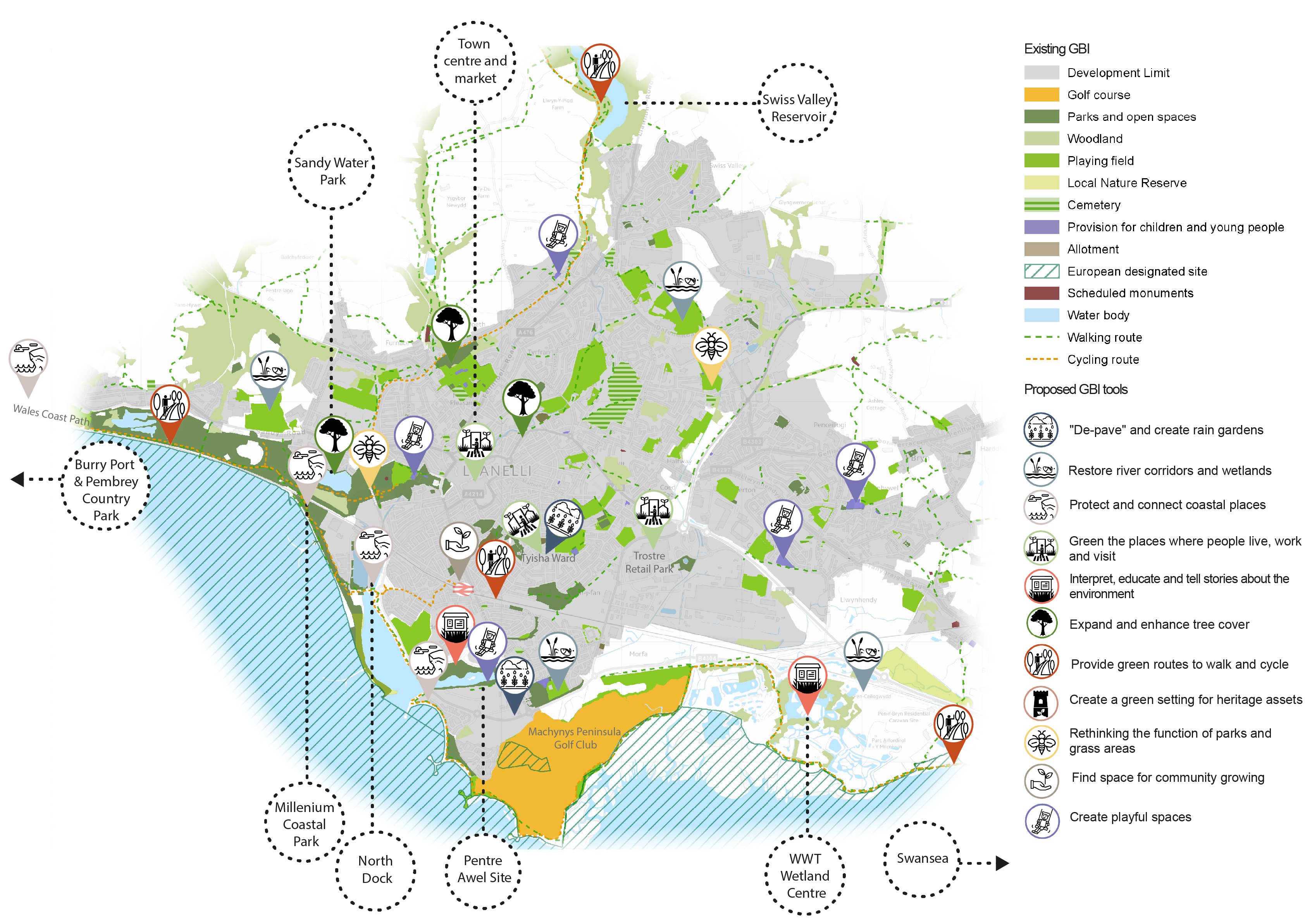
View the full GBI toolbox, learn how to use the toolbox for each town and explore the map of green and blue infrastructure assets in Carmarthenshire in more detail.
Overview of key opportunities for Llanelli’s GBI network
The paragraphs below provide further commentary on the GBI opportunities highlighted in the map above.
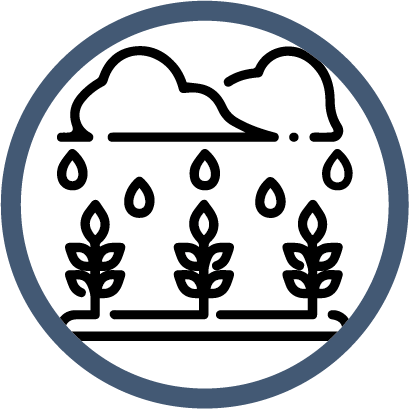
'Depave' and create rain gardens
The Lanelli RainScape project has started work depaving and increasing permeability in paved and heavily built-up areas in the towns. Continuing this work in residential areas and along key roads in the south of the town would increase protection against river and coastal flooding and would reduce the risk of surface water flooding. Rain garden projects could also be introduced in car parks including St Peter’s Street and Furnace Pond.
De-paving could be prioritised at key vulnerable areas on a neighbourhood-scale, for example as part of the Tyisha redevelopment. Targeted rain gardens in new coastal developments like Pentre Awel would improve natural resilience to surface water and river flooding, as well as contributing the ‘experience of place’ in new and old neighbourhoods.
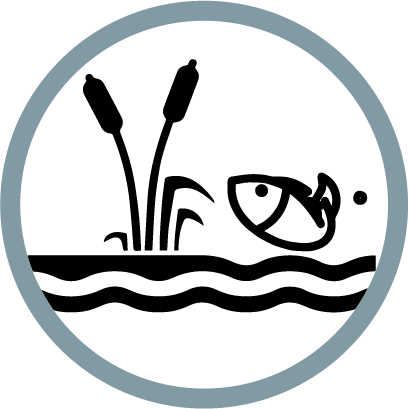
Restore river corridors and wetlands
Natural Resources Wales has identified areas along Llanelli’s coastline where planting additional floodplain and riparian woodland and wetlands would aid Natural Flood Management (NFM). This includes the area north of Prince Philip hospital.
Restoring habitats along the town’s key river corridors, the Loughor Estuary and coastline would help to provide important aquatic habitats for important species including water voles.
Riparian planting and management would enhance the Llanarch, Lliedi and Dafen river corridors.
Wetland enhancement at Parc Y Dref, Morfa Berwig LNR and south of Morfa could link up wetlands and provide network of habitats for species. Llanelli Wetlands Centre is already popular for recreation and could be further enhanced for wildlife and visitors with better green links to the town, possible extensions north towards the railway line and improved visitor facilities.

Protect and connect coastal places
The Llanelli Waterside Joint Venture and Carmarthenshire County Council (CCC) are leading projects to regenerate Llanelli’s coast – these include linking roads, golf courses, cycle-ways, nature sites, housing and leisure. Introducing grassland planting for pollinators, riparian planting and working with natural processes on the coast will be an opportunity to balance recreation and conservation as part of this regeneration. This includes new coastal developments like Pentre Awel and plans to develop Sandy Water Coastal Park and developing North Dock as a centre for water sports.
Pembrey Country Park provides a natural area of burrows, sand dunes and saltmarsh that could be further enhanced for climate resilience.

Green the places where people live, work and visit
Enhancing the town centre boundary with localised environmental enhancements could include boundary treatments, pedestrian routes, landscaping, pocket parks and green roofs on bus stops – to create a stronger sense of place and distinctiveness.
Using GBI to create stronger links between coastal recreational areas and the town centre will be valuable.
Traffic calming measures offer the chance to alter the street layout to integrate street trees, seating, green walls and pocket parks. This could enhance the setting of key assets including Spring Gardens, Llanelli Library, Church Street and the High Street. Greening urban residential areas – particularly in the central areas with higher levels of socio-economic deprivation like the Tyisha redevelopment- is an opportunity to improve access to quality open space and well-being.

Interpret, educate and tell stories about the environment
Educational and interpretation boards around Llanelli’s coastal edge should highlight bird watching opportunities and providing information on local habitats and species. Key focus areas could include improving signage as part of the Pentre Awel redevelopment of the Delta lake area and supporting the Llanelli Wetlands Centre to expand their educational offer.
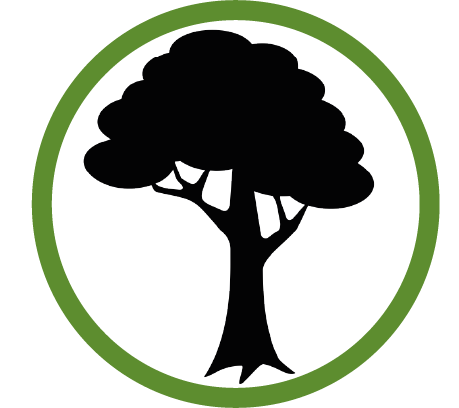
Expand and enhance tree cover
Llanelli has relatively low levels of tree cover in the town – at around 11%. Key corridors to target for street trees include the A484, High Street, and areas of higher socio-economic deprivation (see interactive map). The reconfiguration of some parking spaces could also help make space for street trees in the public realm.
Blocks of trees (or ‘mini forests’) could be explored at Pen y Fan and Sandy Park, or with the People’s Park, Parc Howard and Dafen Park. Wider woodland planting in the surrounding landscape would also help the wider resilience of the natural environment – including to flooding events.

Provide green routes to walk and cycle
Key local destinations which should be the focus for connecting with green routes include the Wales Coast Path, the Pembrey canal path, Pentre Awel, the Millennium Coastal Park, Furnace Pond and greening along the National Cycle Route. A focus on improving linkages between the coast and the town centre would contribute to wider placemaking goals.
The potential construction of a shared use pedestrian and cyclist bridge crossing the A484 in Llanelli has been undergoing consultation and would improve connections.
Introducing green routes as parts of the plans for a 20mph speed limit in Llanelli North are a further opportunity to improve the appearance as well as the safety of the area.
Beyond the town centre, improved footpaths and facilities (including better seating and management) could focus on the Swiss Valley and Pen y Fan Quarry routes – enhancing recreational opportunities which are accessible from the town centre. High quality wayfinding will be important, particularly to encourage increased tourism passing through the town.
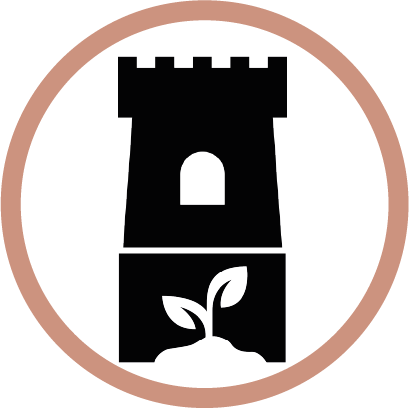
Create a green setting for heritage assets
Key areas of focus should include “greening” historic walking routes with street trees, rain gardens and structural greening.

Rethink the functions of parks and grass areas
Opportunities to include multiple functions within existing green spaces can be found at Spring Gardens, Parc Howard, Dafen Park, Ann Street Park, Pen y Fan, Pwll Park, St Peter’s Street Car Park and the Millennium Coastal Park. Objectives should include the shaping of a ‘wilder’, less managed and species-rich landscape.
Wildflower planting should be pursued along mown grass verges – with a focus on “gateways” to the town and along the railway corridor.

Find space for community growing
Growing spaces established in the grounds of Llanelli schools could also function as outdoor classrooms. Within these grounds, living walls and rain gardens features would also reduce surface water run-off and combat air pollution.
Other disused areas of open space should be explored for potential transfer to community groups as community gardens. The South West Wales Community Rail Partnership have worked with Incredible Edible Carmarthenshire to potentially transform an area of wasteland behind Llanelli Railway Station into a large community garden.

Create playful spaces
Llanelli already benefits from a number of play spaces. However there are opportunities to weave more “playful spaces” throughout Llanelli’s GBI network.
This might take the form of greening existing playful spaces – including People’s Park, Parc Howard or Dafen Park. Alternatively, it might include the provision of new incidental play features (i.e. landscaping or public art) along river corridors or coastal paths.
The Pentre Awel development is planning to deliver an adventure play area that will be linked with green and natural play. It will be important this provides benefits for people, nature and place.
New outdoor sports facilities (including at Penyfan Park) should also be expected to consider biodiversity value and flood resilience, among other functions.
Key opportunities in Llanelli beyond GBI include tackling poverty and boosting the local economy and high street and by delivering new economic, leisure and healthcare infrastructure. This is discussed further in the Recovery Masterplan for Llanelli.
